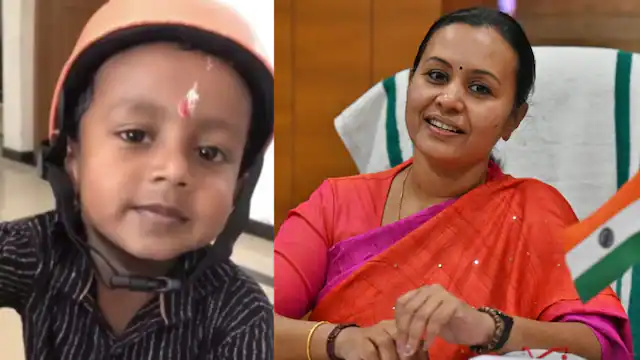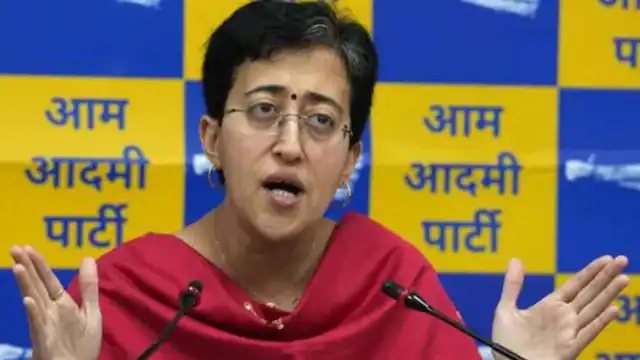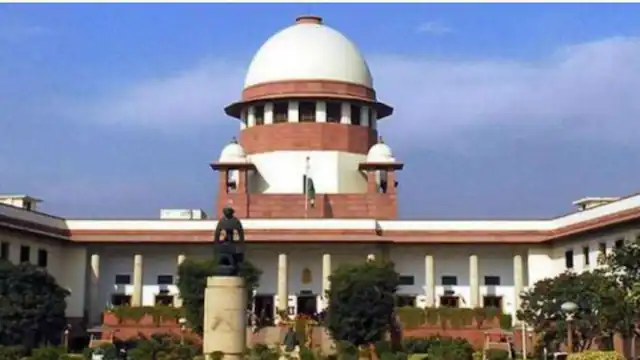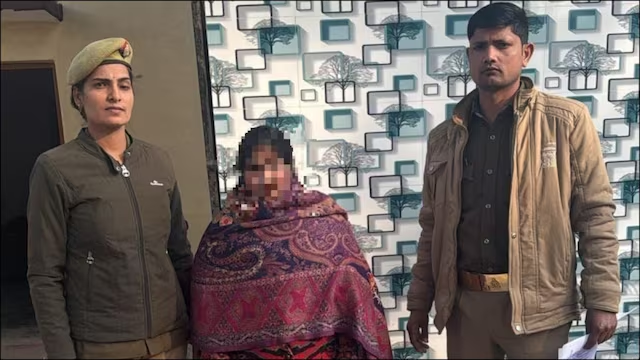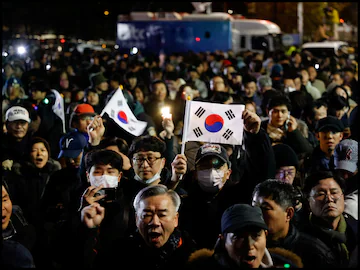
South Korea is navigating one of its most intense political crises in recent years, triggered by President Yoon Suk Yeol’s decision to impose martial law. The decree aimed to quell growing unrest and allegations of governmental inefficiency but has instead faced widespread criticism and resistance from lawmakers and the public.
1. Background to the Crisis
The decision for martial law stemmed from escalating political discord and allegations of mismanagement by President Yoon’s administration. His leadership had already been under scrutiny due to economic challenges and rising public dissatisfaction. A central point of contention was the lack of significant progress in addressing critical domestic issues, including healthcare reforms and rising inflation.
2. Implementation and Backlash
Martial law was declared amidst large-scale protests and opposition from South Korea’s National Assembly. Critics argue it represents an attempt to stifle dissent, citing concerns over curbing constitutional freedoms. Parliament swiftly moved to nullify the decree, with opposition parties highlighting the move as unconstitutional and disproportionate to the challenges faced.
3. Political Implications
This crisis has further strained relations between the executive and legislative branches, deepening the divide between the ruling People Power Party and the opposition. It also signals increased instability as South Korea grapples with mounting economic and geopolitical pressures, including tensions with North Korea.
4. Public Reaction
Public demonstrations have intensified, with widespread calls for transparency and accountability in governance. Many South Koreans view the situation as a pivotal moment for the nation’s democratic principles, pushing back against authoritarian measures.
The unfolding events highlight South Korea’s fragile political equilibrium, with potential long-term implications for its democratic institutions and leadership. The situation remains dynamic, and analysts are closely monitoring how the government navigates the aftermath of this decision


